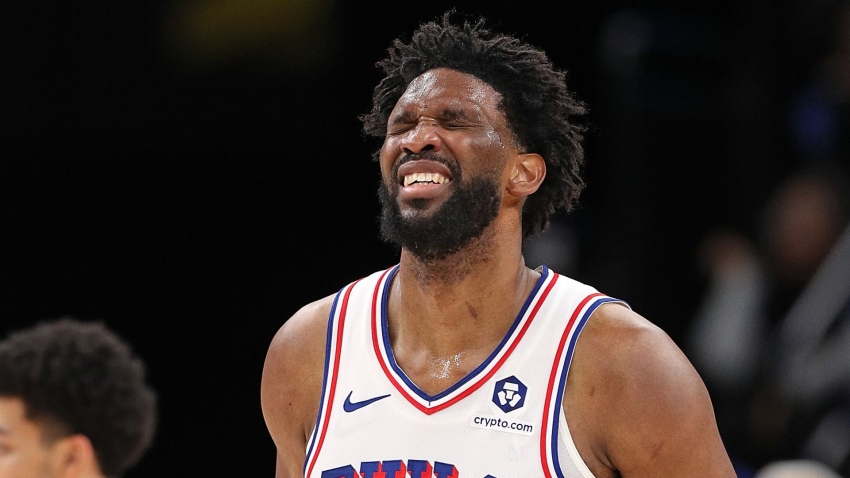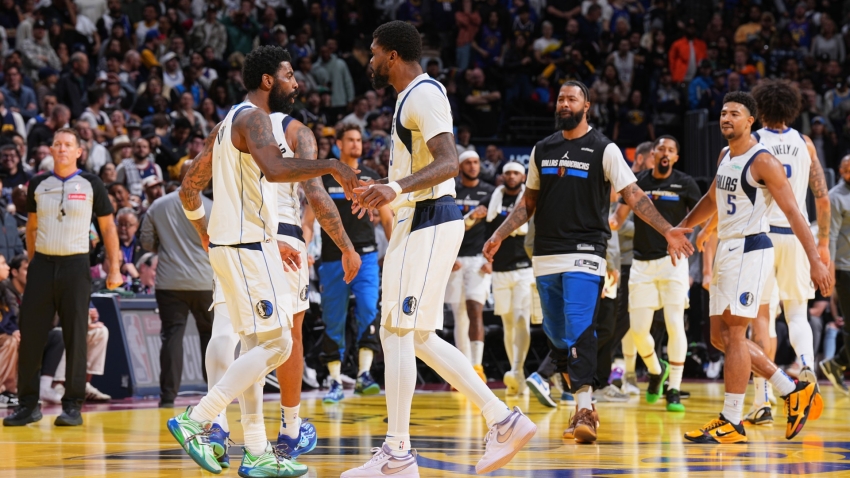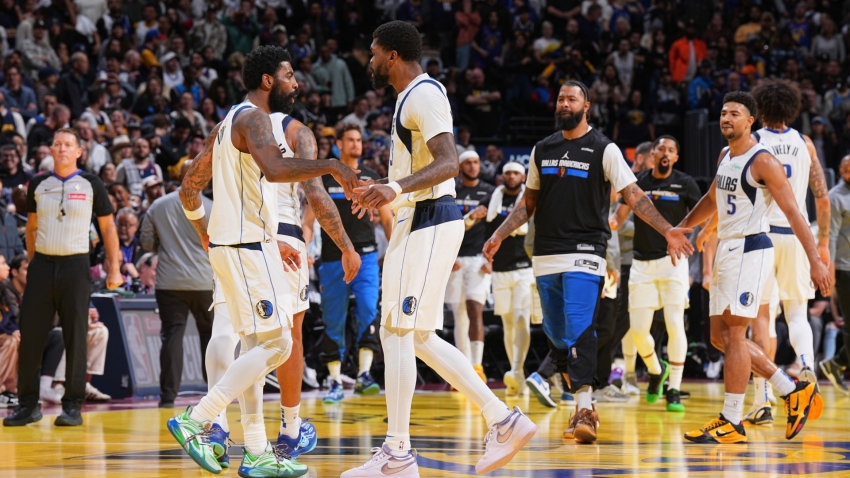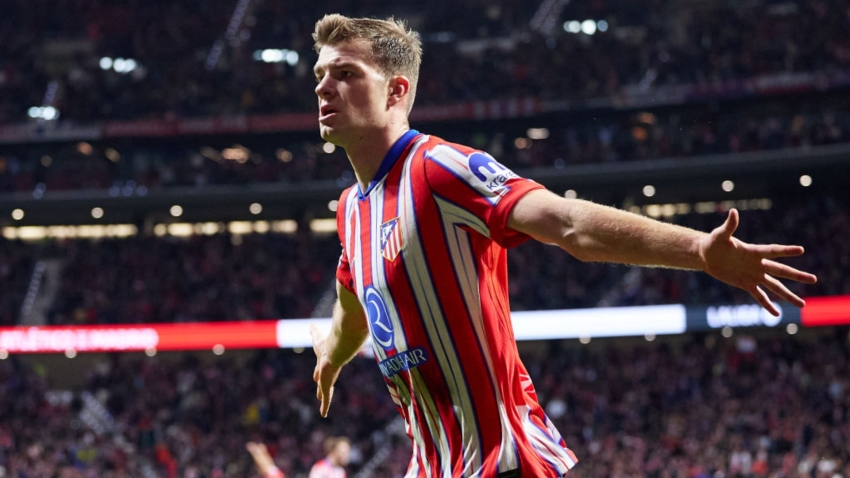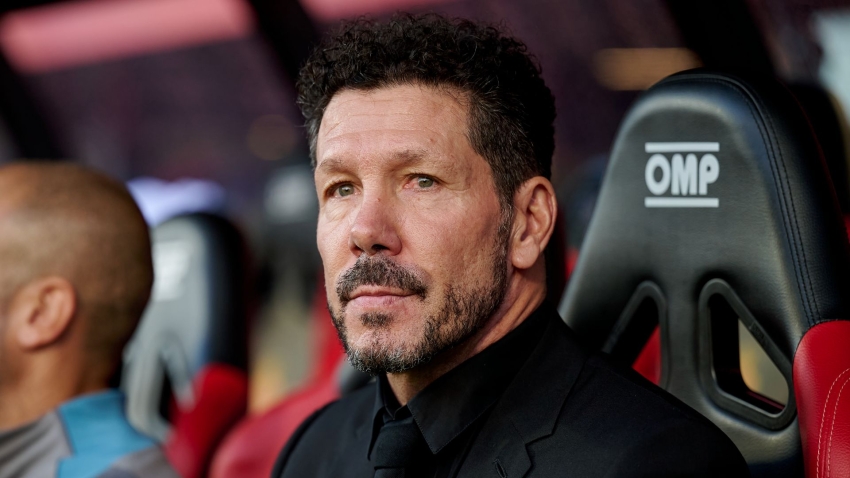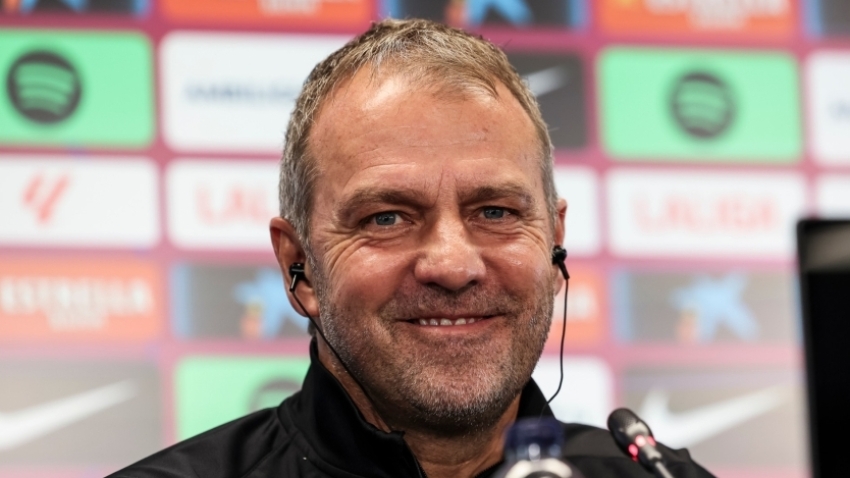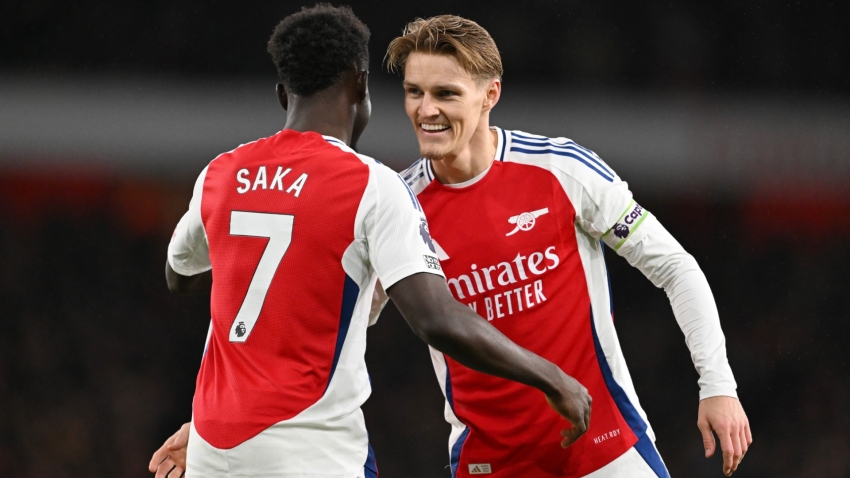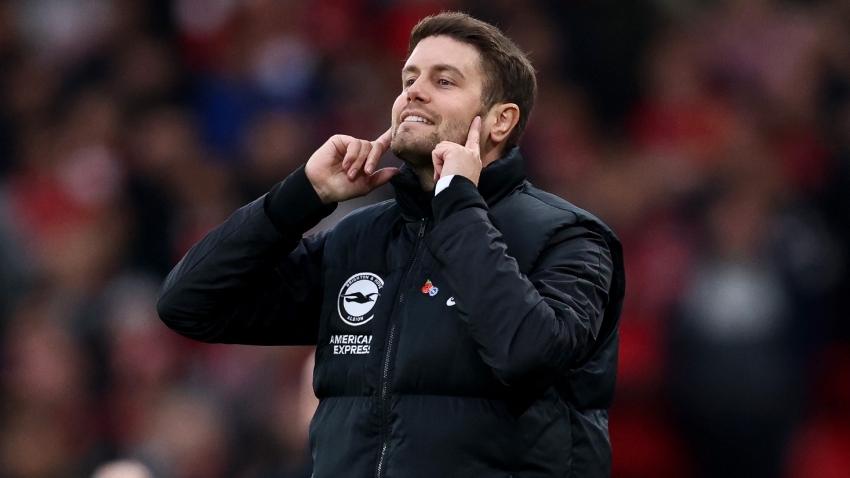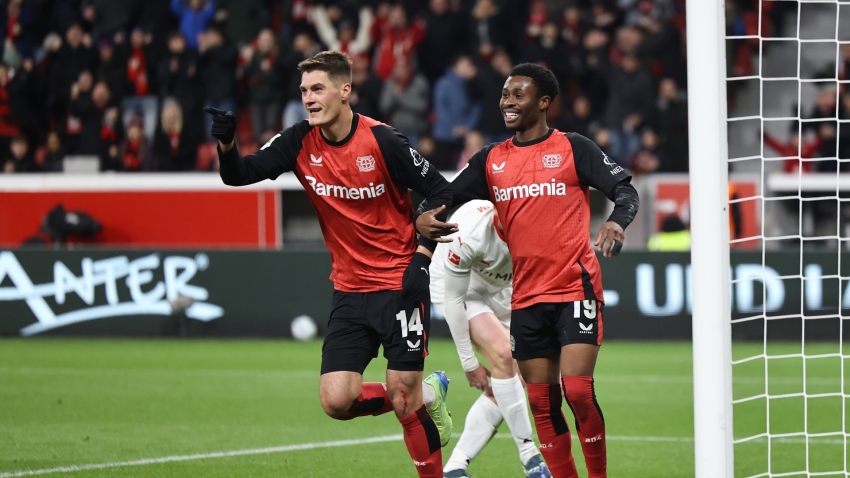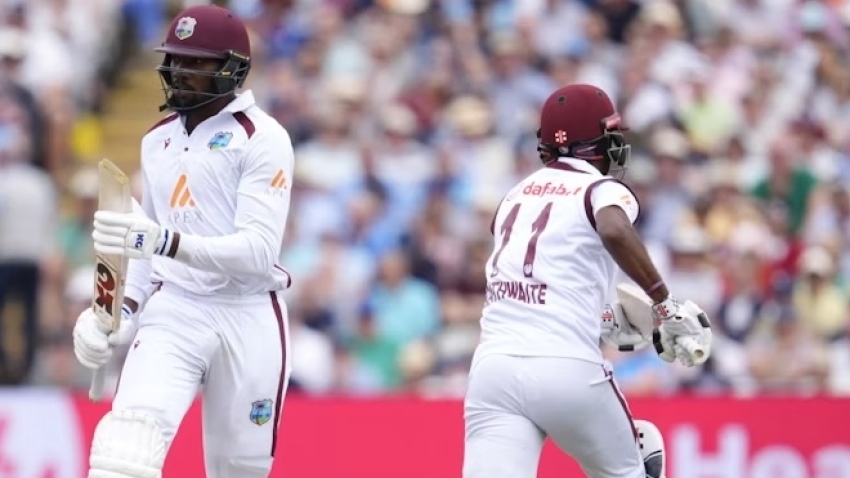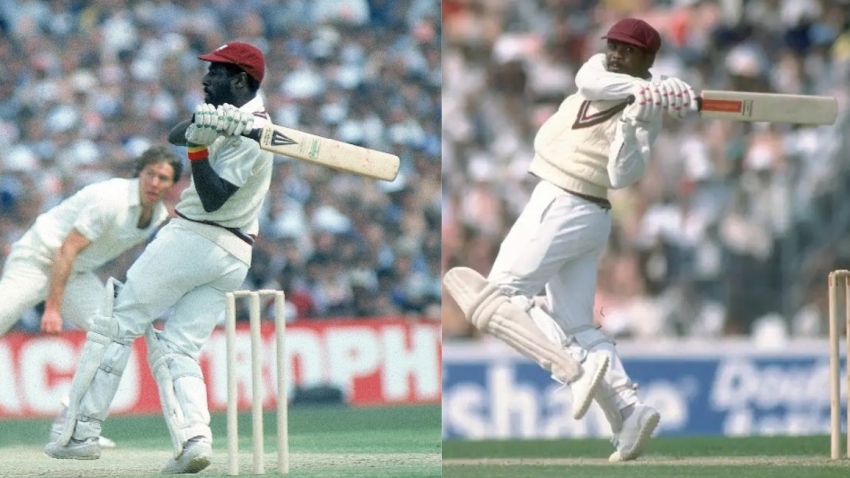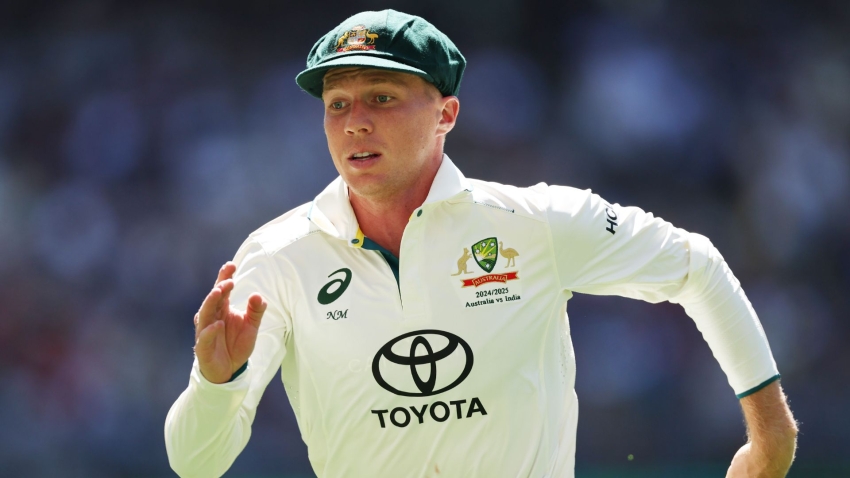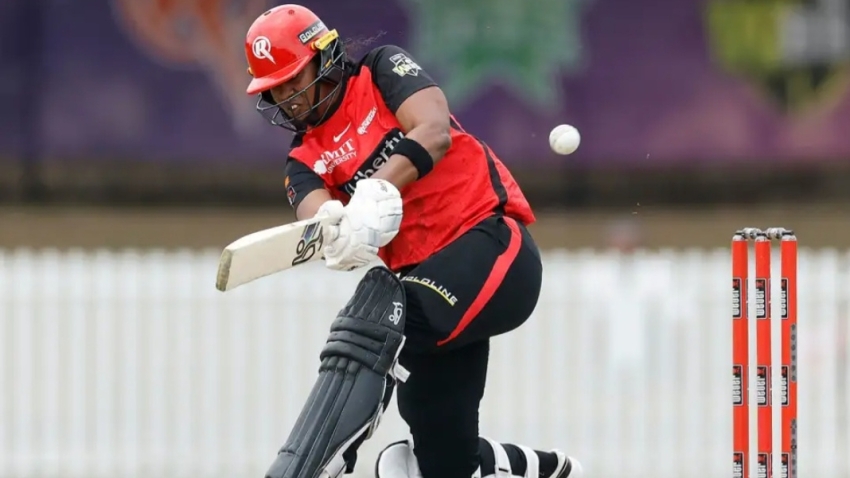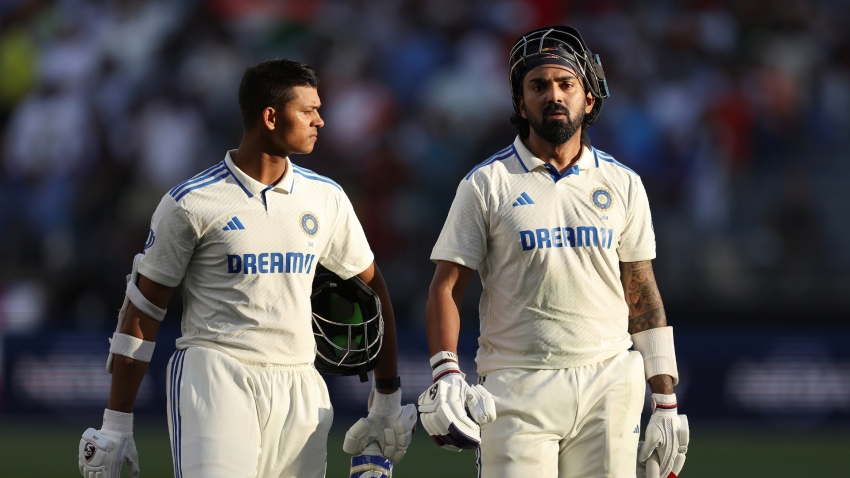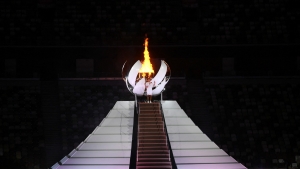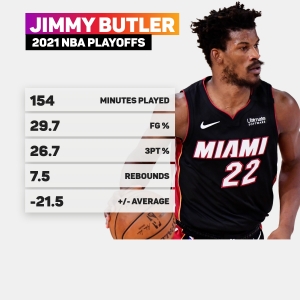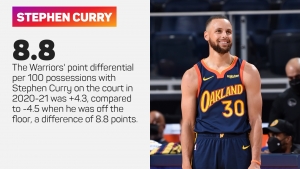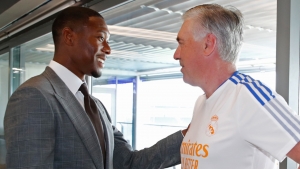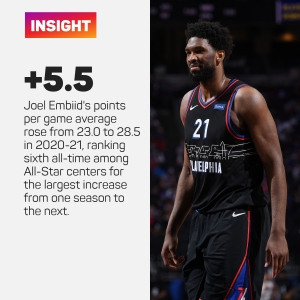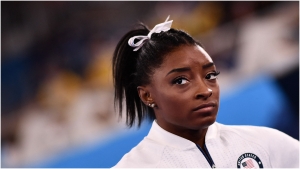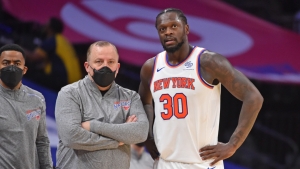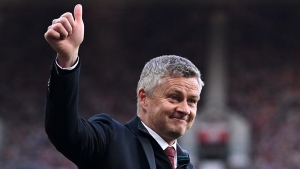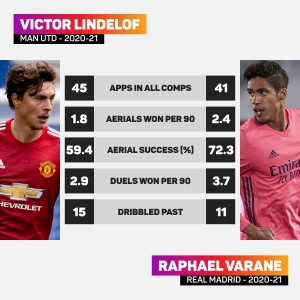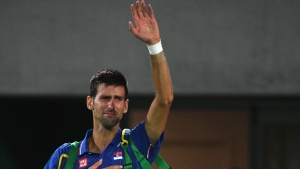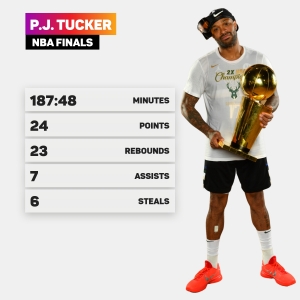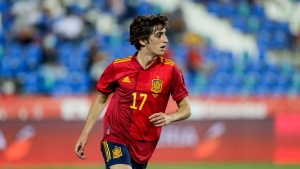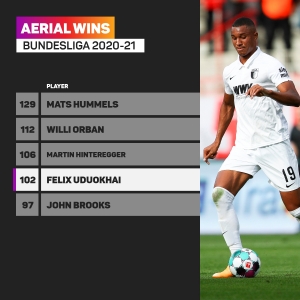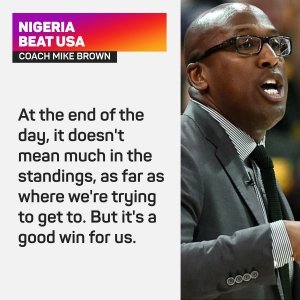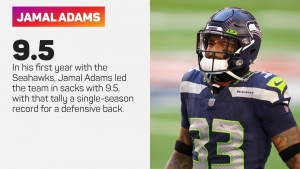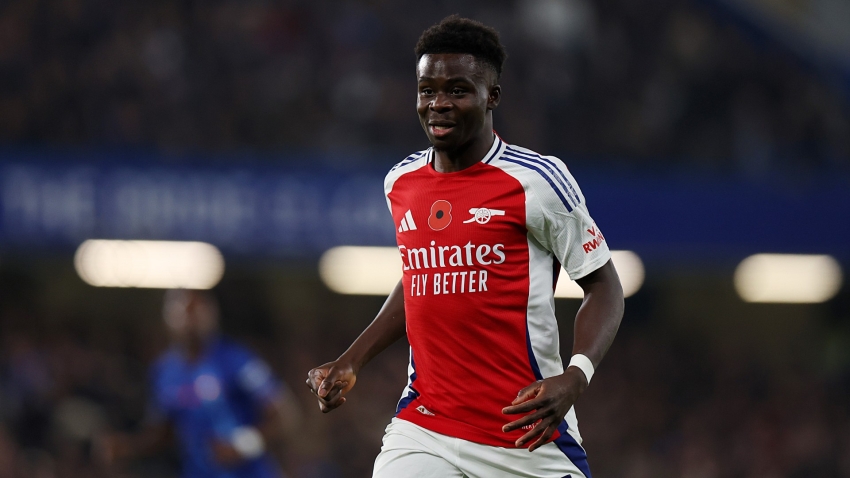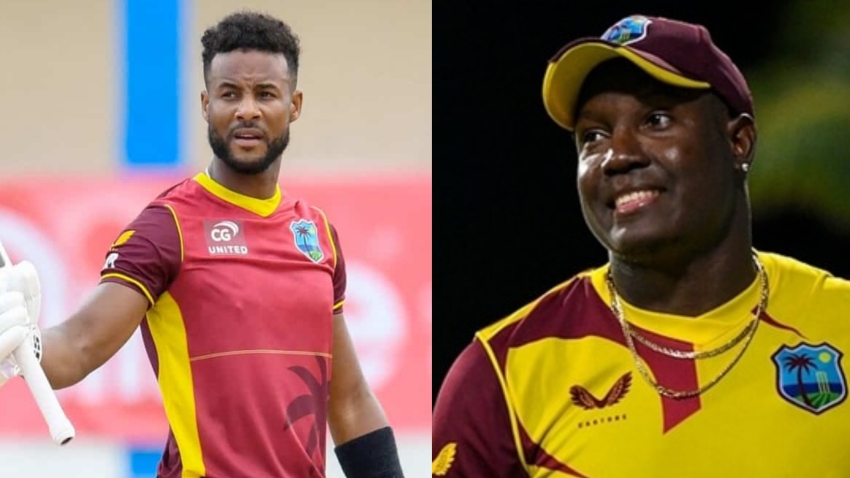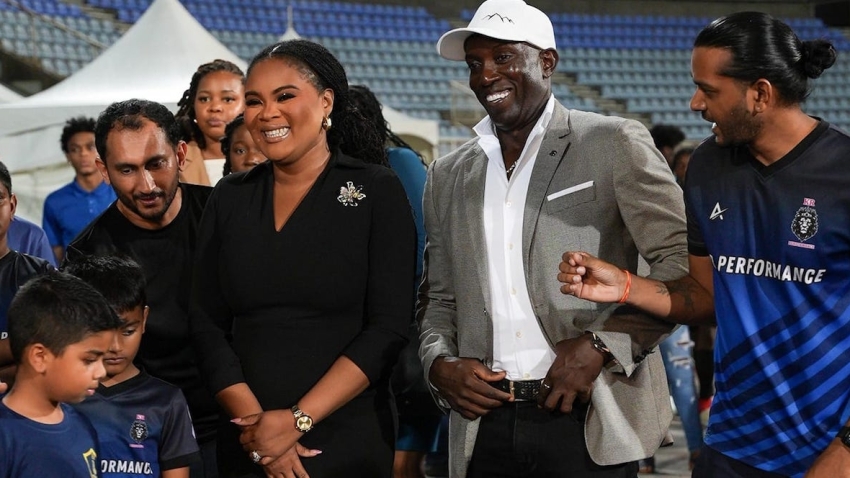"Trust the Process", but for how long?
That mantra – after tanking out and starting from the bottom eight years ago – has become synonymous with the team's culture and identity since former 76ers general manager Sam Hinkie started a drastic rebuild of Philadelphia's roster and psyche in 2013.
The long-term vision, in pursuit of a first NBA championship since 1983, has delivered All-Stars Joel Embiid and Ben Simmons, however the 76ers have not progressed beyond the Eastern Conference semi-finals.
Doc Rivers was brought in to replace Brett Brown and deliver the long-awaited title, yet the same old issues and questions remain after the top-seeded 76ers were sensationally eliminated by the fifth-seeded Atlanta Hawks in the second round.
While Embiid narrowly missed out on the MVP award, Philadelphia's latest failure has only amplified pressure on shot-shy Simmons amid growing speculation over his future at Wells Fargo Center following a forgettable playoff campaign.
With president of basketball operations Daryl Morey tasked with turning the contenders into champions, will he blow it all up or run it back in 2021-22
Embiid excels but there's more to come from Philly's unofficial MVP
His own harshest critic, Embiid sets the bar high, demanding the absolute best from himself and the 76ers in pursuit of a coveted championship. A cornerstone of the franchise, the 27-year-old soared to new heights in 2020-21, leading Philly to their first Eastern Conference title since 2000-01.
A knee injury proved costly in the MVP race; he finished second to Denver Nuggets big man Nikola Jokic. If he had featured in another 10-15 games, Embiid may have become the first 76ers player since Allen Iverson 20 years ago to be crowned Most Valuable Player. Accolade or not, there was no denying Embiid's impact on his team and the league last season.
Embiid's improvement was evident as he went from averaging 23.0 points per game in 2019-20 to 28.5 this time around. His +5.5 increase ranks sixth all-time among All-Star centers for largest increase in points per game from one season to the next, only behind Hall of Famer Wilt Chamberlain (+12.0 with the Philadelphia Warriors in 1962), Jokic (+6.5 in 2021), David Robinson (+6.4 with the San Antonio Spurs in 1994), Los Angeles Lakers great Shaquille O'Neal (+5.9 with the Orlando Magic in 1994) and Patrick Ewing (+5.9 with the New York Knicks in 1990).
Embiid posted impressive numbers for field-goal percentage (51.3), three-point percentage (37.7 which increased to 39.0 in the playoffs) and free-throw percentage (85.9), as well averaging 10.6 rebounds and 2.8 assists (which improved to 3.4 in the postseason).
Only scoring leader Stephen Curry (32.0), Bradley Beal (31.3) and Damian Lillard (28.8) – all guards – averaged more points per game than Embiid.
The heart and soul of this Philly team, it is clear when Embiid steps onto the court. In 2020-21, the 76ers held a 45-17 win-loss record with their big man involved but that 72.6 winning percentage dropped to 50.0 without him as they slumped to 11-11.
Philadelphia regressed in almost every single category in Embiid's absence – points per game (115.4 to 110.2), field-goal percentage (48.6 to 46.1), three-point percentage (38.7 to 34.9), assists per game (24.3 to 22.7), blocks per game (6.3 to 6.0) and fast-break points (15.6 to 13.4). At the other end of the floor, rival teams benefited as their points per game (107.6 to 109.8), field-goal percentage (44.7 to 46.9), three-point percentage (36.7), rebounds per game (42.8 to 43.3) and points in the paint (45.4 to 47.9) all rose.
His exploits earned a fourth All-Star selection, with Embiid now eligible to sign a four-year, supermax extension after being selected to the All-NBA Second Team. While there has long been question marks over his health and fitness, his form merits a monster pay rise.
Worryingly for the rest of the league, Embiid is not a player who rests on his laurels. The Cameroonian is determined to deliver a title to the city of Brotherly Love.
"Losing, obviously, it's gonna take a toll on me, and it does and it's doing it, but it’s also on me," said Embiid after Philly's playoff exit. "I gotta be better. I gotta take another step when it comes to taking care of my body and my game as a whole, because I still feel like I have a lot of untapped potential that people haven't really seen."
How do you solve a problem like Ben Simmons?
"I love being in Philly. I love this organisation," Simmons said after he was subjected to boos by Philly fans after their Game 7 loss to the Hawks. "The fans are great, great people. I had a bad series. I expect that. It's Philly."
Former number one pick Simmons, however, may not have a choice on the matter amid intensifying trade talk.
The 24-year-old had no fourth-quarter field-goal attempts in his last four games of the playoffs. He is the only NBA player in the last 20 seasons to have four consecutive postseason games with no field-goal attempts in the fourth quarter during a season in which he was an All-Star.
Fresh off elimination, Rivers was asked if he thought Simmons could be a guard on a championship team, and he told reporters post-game: "I don't know the answer to that right now."
Since then, Rivers has said he wants the player to remain as the 76ers have a plan for the Australian star, who will skip the Olympic Games in Tokyo to focus on his skillset.
But after four seasons in the league, there has been no improvement from three-time All-Star Simmons in one fundamental area – shooting.
An elite defender and creator, debate around Simmons centres on his offence or lack thereof, with the 76ers handicapped by his unwillingness to shoot.
Simmons' field-goal percentage has regressed, dropping from 58.0 in 2019-20 to 55.7 this season – he only managed worse in his 2017-18 rookie campaign (54.5).
He averaged just 10.1 field-goal attempts in 2020-21 – a career low, which dropped to 7.9 in the playoffs. It is the same story with his scoring as it dropped to a career worst 14.3 points per game and 11.9 in the postseason – both career lows.
Then there is Simmons and free throws. He was exposed by rival teams as they regularly sent him to the line, with the Melbourne-born guard making just 25 of 73 shots in the 2020-21 playoffs. His 34.2 free-throw percentage is the lowest ever in a single postseason.
Simmons' unwillingness to shoot – he passed on a wide-open dunk during the closing stages against the Hawks, instead passing to Matisse Thybulle – who was fouled and made just one of the two free throws, irked Embiid.
"I'll be honest," Embiid said after the game. "I thought the turning point was when we - I don't know how to say it - but I thought the turning point was just we had an open shot and we made one free throw.
"We didn't get a good possession on the other end and Trae [Young] came back and he made a three and then from there down four, it's on me. I turned the ball over and tried to make something happen from the perimeter. But I thought that was the turning point."
Having reportedly considered the idea of using Simmons as part of a deal to prise James Harden from the Houston Rockets in January before the former MVP eventually joined the Brooklyn Nets, Morey has a decision to make with the 76ers in the win-now window.
Doc's Game 7 woes continue
Is Rivers the man to complete the process for the 76ers?
A proven winner with Eastern Conference rivals the Boston Celtics, Rivers landed on his feet following his exit from the Los Angeles Clippers, named All-Star coach after guiding the 76ers to a 49-23 record atop the east, ahead of the star-studded Nets and Milwaukee Bucks.
With Doc on the sidelines, Embiid vaulted himself to within a whisker of the MVP as the 76ers clinched the easiest path to the Conference Finals. After a humiliating series sweep to the Celtics in the opening round inside the bubble at Walt Disney World Resort the previous year, things looked on the up for Philly.
However, it was an all too familiar story for Rivers. His team collapsed.
Rivers suffered a fourth consecutive Game 7 defeat to tie the longest streak ever by an NBA head coach, after former Sacramento Kings and Rockets coach Rick Adelman also lost four in a row from 2002 to 2009.
The 76ers blew an 18-point lead in Game 4 against the Hawks before surrendering a 26-point advantage at home to Atlanta in Game 5. That came after Doc's Clippers somehow squandered a 3-1 series lead to the Nuggets in 2020.
"Listen, this team last year got swept in the first round. We had a chance to go to the Eastern finals. I'm not gonna make this into a negative year,” Rivers said.
Rivers has 29 losses with a chance to clinch a playoff series – the most defeats by a coach in NBA history. His 34.1 win percentage is the worst ever among coaches with 20-plus games.
The 59-year-old is under the microscope on the back of this latest failure, having not progressed past the second round of the playoffs since the 2012 postseason in Boston.
Verdict: Revolution
Morey and general manager Elton Brand have their work cut out this offseason, with Simmons' future at the top of the list.
Despite a horrendous playoff series, there is still plenty of value around Simmons. A host of teams are already reportedly circling, and there is a general consensus that it is time for player and franchise to go their separate ways.
Simmons could do with a change of scenery and the 76ers could use a legitimate shooter/scorer. Now it is up to Morey to weave his magic and supplement Embiid's MVP-calibre ability. Damian Lillard, perhaps? What about Bradley Beal?
Then there is Philadelphia's bench and depth. The 76ers ranked 13th in the NBA for points per game from their reserves (37.3). It remains to be seen whether the likes for Furkan Korkmaz will still be around come tip-off in 2021-22, so boosting the team's bench and three-point shooting is paramount if Philly are to get beyond the second round and complete the process.



